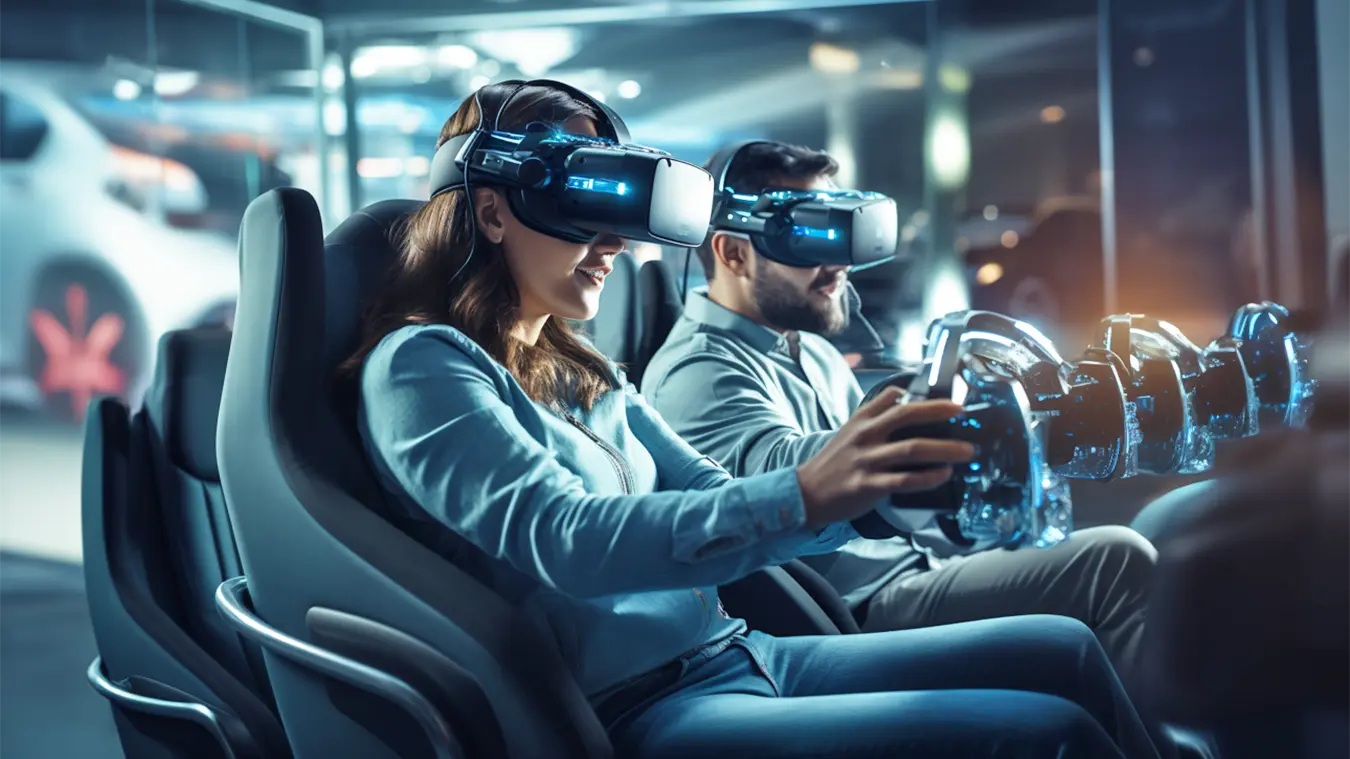The Department Store Landscape Undergoes a Seismic Shift: The Marriage of Saks and Neiman Marcus Takes Shape

Saks has been trying to buy struggling Dallas-based Neiman Marcus for years, and merger talks were entertained many times, only to be dropped. On July 4th, the deal finally got sealed in a transaction valued at $ 2.65 billion. Before this, both department store chains had been affected by reduced luxury spending and consumers who switched to shopping luxury brands through directly owned flagships or online, especially among younger consumers.
The result of this merger is the creation of a luxury retailer dynamo with reach across the USA and potential global impact. With more than 150 locations, including Saks Fifth Avenue, Saks OFF 5th, Neiman Marcus, and Bergdorf Goodman, its combined revenues will be roughly $ 10 billion. A unique feature of this deal is that Amazon and Salesforce both participated in the transaction through minority stakes in the new company, now called Saks Global. As part of this deal, Amazon will provide the merged entity with logistical expertise and a technology platform, while Salesforce will provide support around AI.
Increased retailization across all luxury segments, ongoing wholesale rationalization to improve margins, and brands’ tighter distribution measures have been difficult challenges for department stores. In addition, department stores have traditionally played an important role in bringing new brands to market, allowing them to gain a foothold and providing a relatively risk-free way for market entry. The ability to test the waters online or via pop-up shops has somewhat usurped this competitive feature.
The Opportunity
Consolidation can often offer an excellent path to cost savings and several merger-related synergies. Consolidation on a large scale for the above-mentioned reasons has been a theme in the US for a while now, ushered in by the announcement of the Tapestry/Capri merger. In a challenging retail environment with competitive pressure from brands, the motivation for a merger of two struggling companies is no different than in other industries: to cut costs, ensure an optimal supply chain, gain market share, and finally broaden target customer reach across varying demographics and geographies. In this case, the participation of Amazon and Salesforce will create technological advantages that are meant to support all the above efforts. Department stores are also uniquely positioned to identify up-and-coming brands early and become exclusive showcase locations for these brands, thus tapping into their commercial viability at an early stage. That said, consolidation is not always the panacea brands hope for, and many mergers fail. This is something important to bear in mind.
The Challenge
As is their prerogative, brands have taken control of their distribution primarily to bolster profit margins and bring branding back within their control. Consequently, department stores have taken a hit. As part of this process, brands have cleverly upped their game in terms of creating immersive retail environments, phygital experiences, product assortments, and enhanced customer experiences, all areas in which department stores have struggled to keep pace. While synergistic cost savings and wider audience reach are sure to bring about advantages, department stores, even with this combined heft, still need to deliver significant differentiation to engage with ever more demanding consumers. With very few exceptions, department stores have still not figured out a roadmap to success in this respect. Department stores, as forums for discovery, entertainment, and exploration they once used to be, have paled compared to the new retail experience in stores.

The Future Potential
Challenges hold the potential for improvement. Saks Global is presented with a unique opportunity to take a powerful sales platform and use it to re-imagine the department store experience while still staying true to its essence as the icon of American luxury retailing. We can see a future in which immersive experiences, hybrid entertainment, hospitality, and shopping experiences that heavily leverage immersive technologies become a new department store reality, all while retaining the old glory of the emotional resonance of what it means to be Saks Fifth Avenue. The holidays, for instance, are a time when the Saks store on Fifth Avenue in NYC comes alive in all its glory, with windows and lighting displays to rival the best in the world. Let’s imagine the essence and emotional resonance, as well as “brand nostalgia,” can be translated to all locations and platforms across the new Saks Global, supported by technological improvements, innovation in customer experience, and cutting-edge product assortments; in this case, there is a real chance for this new “department store incarnation” to be truly revived and reimagined.



